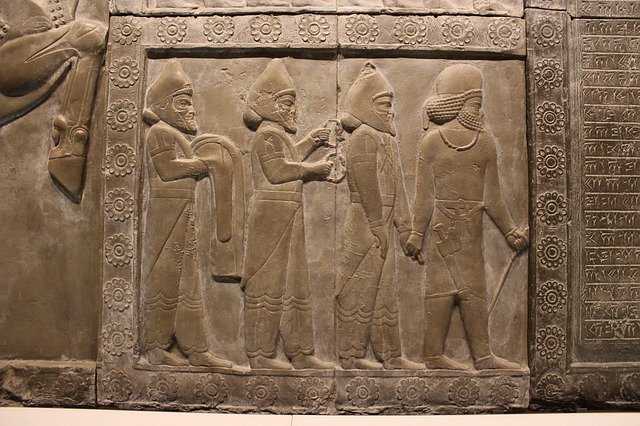
Anciently Mesopotamia was divided into Assyria and Babylon.
The concept of Mesopotamia can refer to two different regions. This is the name given to the territory that develops between the Euphrates and Tigris rivers, in Asia , and to the area that includes the lands between the Uruguay and Paraná rivers in Argentina .
In the first case, Mesopotamia is located in the Near East , also known as the Middle East . It covers the fertile lands found next to the Euphrates and the Tigris , coinciding with northeastern Syria and the non-desert parts of Iraq .
Mesopotamia in ancient times
In ancient times , Mesopotamia was divided into Babylon and Assyria . In Babylon , in turn, it was possible to distinguish Sumeria and Akkadia .
The people of Mesopotamia achieved great advances for humanity. Cuneiform writing, the sexagesimal numbering system and law codes emerged in that region. It is also believed that the wheel, the plow and the sail were born in Mesopotamia thanks to the ancient cultures of that land.
Some historical data
When talking about the history of Mesopotamia, reference is made to the oldest civilization in this territory, in the period between prehistory and the end of the last empire, the so-called Neo-Babylonian or Chaldean empire . Throughout this stage, it is possible to notice certain common characteristics that validate the fact that we recognize it as a historical unit .
In the same way as other regions of antiquity, Mesopotamia was not delimited by natural borders and for that reason today we must take several territories as a reference to estimate its surface. The first settlements in sites such as Samarra, Tell Halaf and Tell Hassuna belong to an ancient historical period in the East that corresponds to that of Mesopotamia.
The link that exists between Mesopotamia and the Old Testament made this field of study very interesting for Western cultures from the 18th century onwards. In this framework we must talk about Assyriology , a discipline that is precisely in charge of the Ancient History of the region; Its institution took place in the 19th century and they developed it taking as inspiration a phenomenon called orientalism by some critics of postmodernism.

Iguazú Falls are located in Argentine Mesopotamia.
Agriculture and architecture in Mesopotamia
The oldest agricultural communities in Mesopotamia appeared around the year 7000 in the north, where they could take advantage of rainwater to carry out their activities. Thanks to the study of ceramics, archaeologists were able to identify three cultural complexes mentioned above: Hassuna, Sammarra and Halaf.
Agriculture took about a millennium and a half to reach southern Mesopotamia. There they used irrigation for the first time, taking advantage of the Euphrates and Tigris rivers, when the irregularity of the rain prevented them from using it frequently.
A well-known building from Mesopotamia is the White Temple , located on the top of a mountain and for whose construction bricks were used. Its name refers to its color. They dedicated it to the god An (or Anu ), belonging to Sumerian mythology and considered the god of the sky.
The term in Argentina
On Argentine soil, meanwhile, Mesopotamia includes the provinces of Entre Ríos , Corrientes and Misiones . It is a historical-geographical region, with an area of almost 197,000 square kilometers.
Argentine Mesopotamia is characterized by its biodiversity , as it has a large number of species of insects, birds and plants. In its extension it is possible to find blades (lomadas), estuaries and jungles.
Currents, Inns y Parana son las cities más pobladas de la Mesopotamia. Cabe destacar que la región es un gran destino turístico gracias a la presencia de atractivos como las Iguazu Falls, los carnavales de Gualeguaychu, los Iberá Wetlands y el El Palmar National Park.
